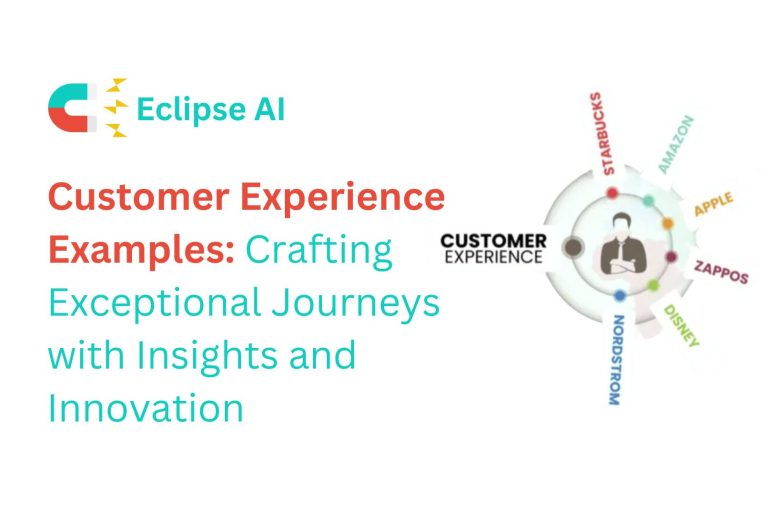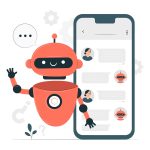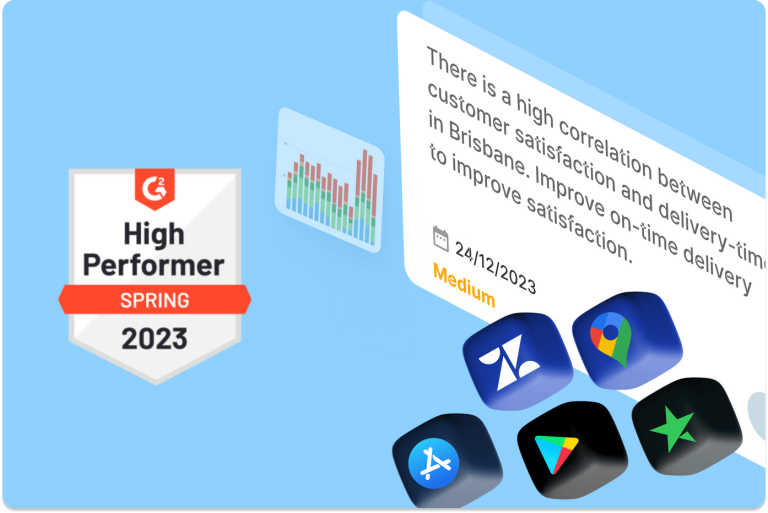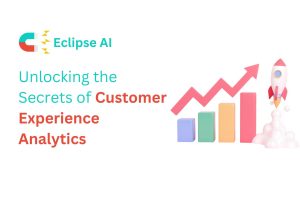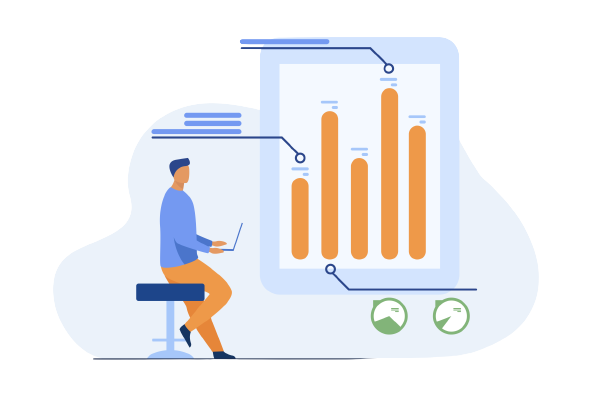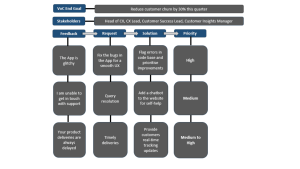
Voice of the Customer Template and Best Practices
The Voice of the Customer (VoC) framework is a pivotal tool in shaping customer-centric strategies. It offers profound insights into customer identities, their needs, expectations, and perceptions, guiding businesses in enhancing customer experiences and meeting market demands.

